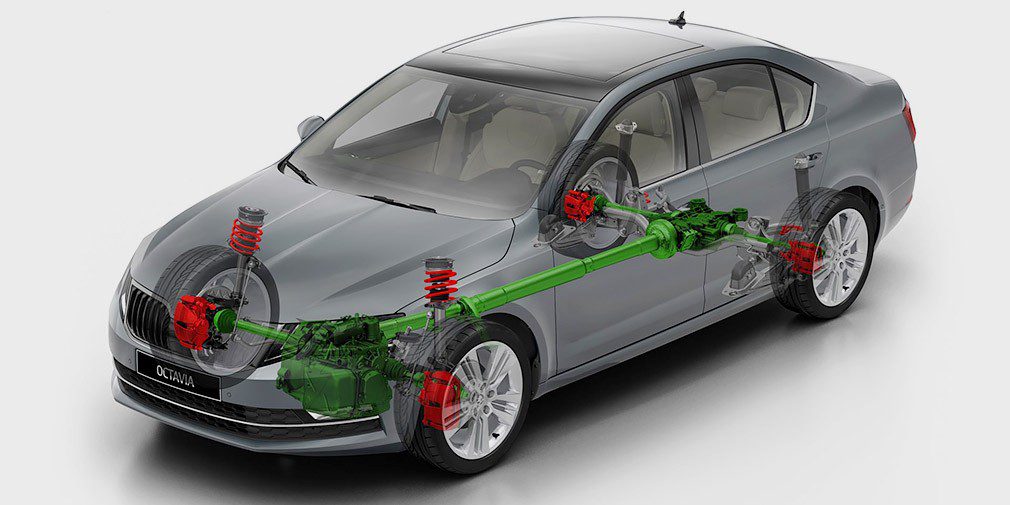
Что такое полный привод и как работает?
Содержание
Когда автомобилист выбирает новый автомобиль, один из показателей, на который часто обращается внимание – какой привод у предполагаемого «любимца». Среди автомобилистов устоялось мнение, что эффективный автомобиль обязательно должен иметь фишку 4х4.
Учитывая популярность полноприводных транспортных средств, автопроизводители выпускают с конвейеров внедорожники и кроссоверы, в которых трансмиссия обеспечивает вращение всех колес. Рассмотрим, какие модификации данного механизма бывают, и самое главное: действительно ли практично иметь машину с полным приводом?
Что такое полный привод
Под полноприводным подразумевается такой автомобиль, в котором ведущими являются все колеса. Крутящий момент равномерно распределяется трансмиссией, благодаря чему машина получает повышенную проходимость.
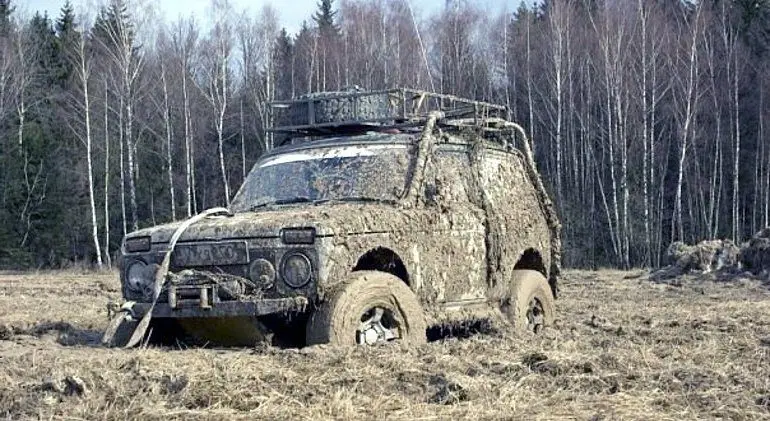
Полный привод подразумевает использование дополнительных агрегатов, которые передают усилия каждому колесу. В этом случае работают обе оси транспортного средства. Такой агрегат чаще применяется в моделях, которые часто преодолевают бездорожье. Однако нередки случаи, когда обычный легковой автомобиль на крышке багажника имеет заветную табличку Quattro или 4х4.
Виды и типы полного привода
Хотя существует множество разных модификаций полноприводных трансмиссий, различают всего две основные. Они отличаются друг от друга типом подключения дополнительной оси. Рассмотрим эти два вида приводов, а также самые распространенные подвиды.
Подключаемая (part time)
По умолчанию в этом случае авто будет иметь передний привод, а реже – задний. Включается 4wd при помощи рычага на селекторе коробки или кнопки на консоли.
Это самая простая разновидность основного типа привода. Ее особенность в простоте конструкции. В раздатке механизма установлена кулачковая муфта. Она подключает второстепенную ось. Когда система активна, все колеса получают усилия от коробки передач. Водитель самостоятельно включает полный привод.
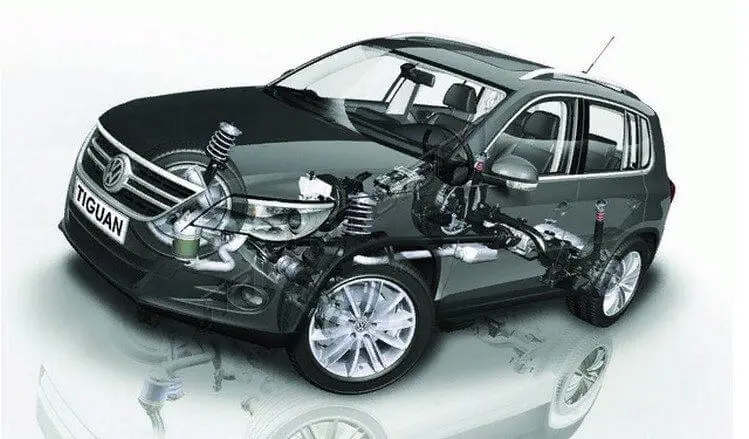
Хотя механизм имеет простое строение, в нем есть существенный недостаток. Полный привод можно включать только на нестабильном дорожном покрытии. Например, когда водитель видит впереди машины песок или грязь, ему нужно перевести переключатель в соответствующее положение.
На большой скорости нельзя использовать систему, так как в ней не используется межосевой дифференциал. По этой причине раздатка (что это такое и какие неисправности бывают, читайте в отдельной статье) будет испытывать сильные перегрузки, когда на ровной дороге водитель забудет выключить привод. Это приведет к выходу из строя трансмиссии.
Автоматическая (Automatic 4WD)
Это автоматический аналог предыдущей трансмиссии. Ее активация осуществляется электроникой. В конструкции агрегата используется вискомуфта, связанная с электроникой авто.
Когда машина попадает на нестабильное дорожное покрытие, одно или оба ведущие колеса начинают буксовать. Автоматика реагирует на неравномерное вращение ведущего моста, и активирует второстепенную ось.
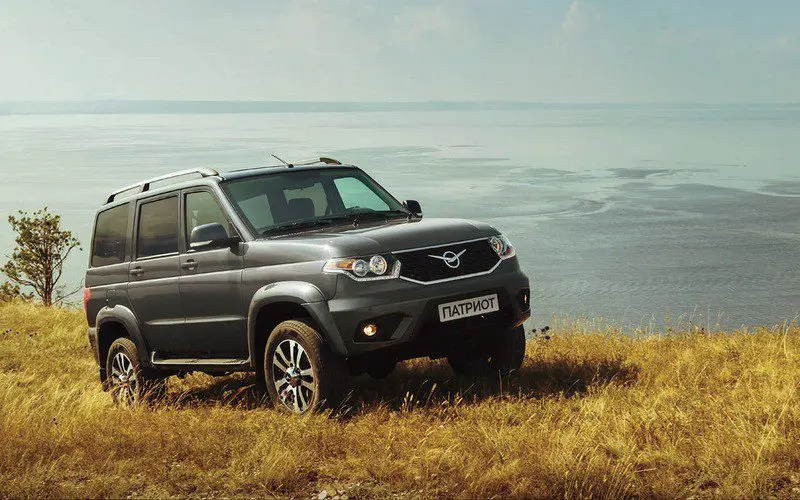
Такая трансмиссия показала достаточную эффективность в грязи, снегу или песке. Однако у данной модификации есть существенный недостаток: без пробуксовки ведущего колеса блок управления не будет подключать систему.
Еще один минус – частый перегрев вискомуфты. По этой причине приводом нельзя пользоваться на бездорожье в течение длительного времени. В некоторых моделях авто имеется блокировка с помощью кнопки.
Постоянный полный привод (Full-time 4WD)
Этот тип трансмиссии отличается от предыдущих тем, что обе оси имеют постоянный зацеп. Чтобы снизить нагрузку на раздаточную коробку и улучшить стабильность машины на ровном асфальте, в конструкции применяется межосевой дифференциал. Этот элемент компенсирует разницу вращения разных колес.
Чтобы обеспечить увеличенную проходимость транспорта, он имеет кнопки блокировок дифференциалов. На бездорожье водитель может заблокировать межколесный дифференциал (об этом механизме рассказывается здесь), а также компенсатор между осями. Эта опция активируется либо в автоматическом режиме, либо в ручном.
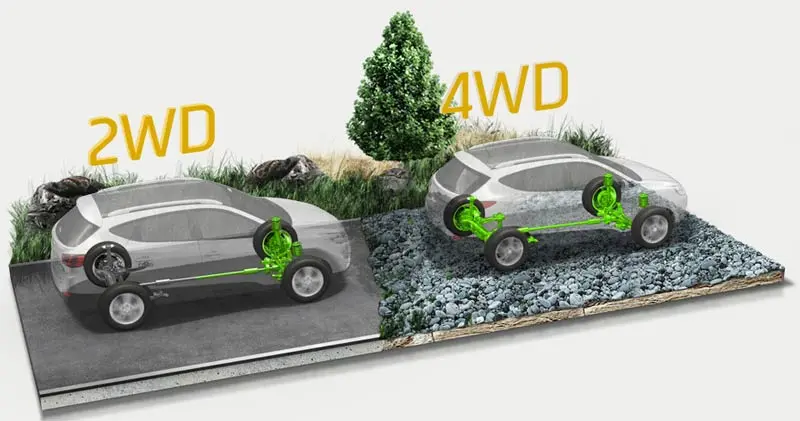
Этим типом полного привода оснащается большинство современных автомобилей. У них хороший показатель проходимости, а также они не так подвержены заносам. Если авто оснащено ручной блокировкой, то обязательно ее активировать перед преодолением грязи и подобных участков дороги. Дополнительно о том, что такое блокировка дифференциала, рассказано отдельно.
Многорежимный полный привод (Selectable 4WD)
Даная модификация вобрала в себе достоинства всех предыдущих разновидностей. В ней устранены недочеты как автоматического, так и ручного механизма блокировки дифференциала, а также она позволяет водителю подготовить машину к поездке по конкретному покрытию. Для этого на селекторе коробки достаточно выбрать соответствующий режим, и электроника сделает все самостоятельно.
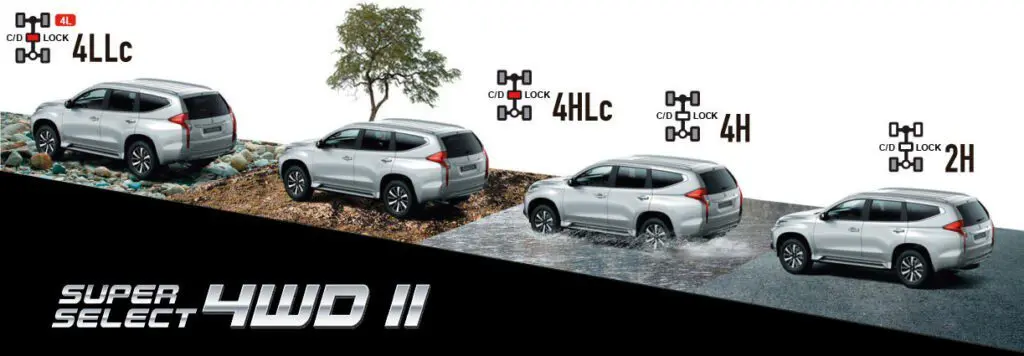
Единственное, что может остановить автомобилиста перед покупкой машины с таким типом полного привода, это ее высокая стоимость. Причем в данном случае нужно играть на опережение: помимо стоимости самой системы, нужно учесть, что ее нужно также обслуживать.
Полный привод: устройство и работа
Чаще всего на авторынке можно встретить модели, в которых установлена вязкостная муфта. В устройство такой системы входят такие элементы:
- Между колесами основной оси установлен дифференциал;
- КПП – это может быть, как автоматический вариант, так и ручной;
- Дифференциал, компенсирующий вращение между осями;
- Карданный вал;
- Раздатка с главной передачей второстепенной оси;
- Вязкостная муфта.
Если машина по умолчанию переднеприводная, то мотор и коробка в ней будет расположена поперек кузова. В случае же основного заднего привода эти агрегаты расположены вдоль кузова. От этого будет зависеть форма и конструкция подключаемых элементов второстепенной оси.
Когда включается полный привод, раздатка равномерно распределяет момент вращения на каждое подключенное колесо, предотвращая их пробуксовку. Когда включается понижающая скорость, крутящий момент увеличивается, что помогает автомобилю преодолевать сложные участки трассы.

Схема работы системы следующий. Мотор передает на сцепление (если МКПП) или на гидротрансформатор (если АКПП) вращательные движения. В зависимости от скорости движения (лучше преодолевать бездорожье на первой передаче) крутящий момент поступает в раздатку, в которой преобразуется и подается на ведущие колеса. Работа осуществляется через кардан (о том, как работает эта передача, обсуждалось немного ранее).
Какой полный привод лучше
Ручная модификация ПП крайне редко используется в серийном транспорте. Она больше предназначена для спецтехники. Чаще всего встречается вариант с автоматическим подключением второстепенной оси. В ней может использоваться вискомуфта или электроника, которая фиксирует показания вращения колес.
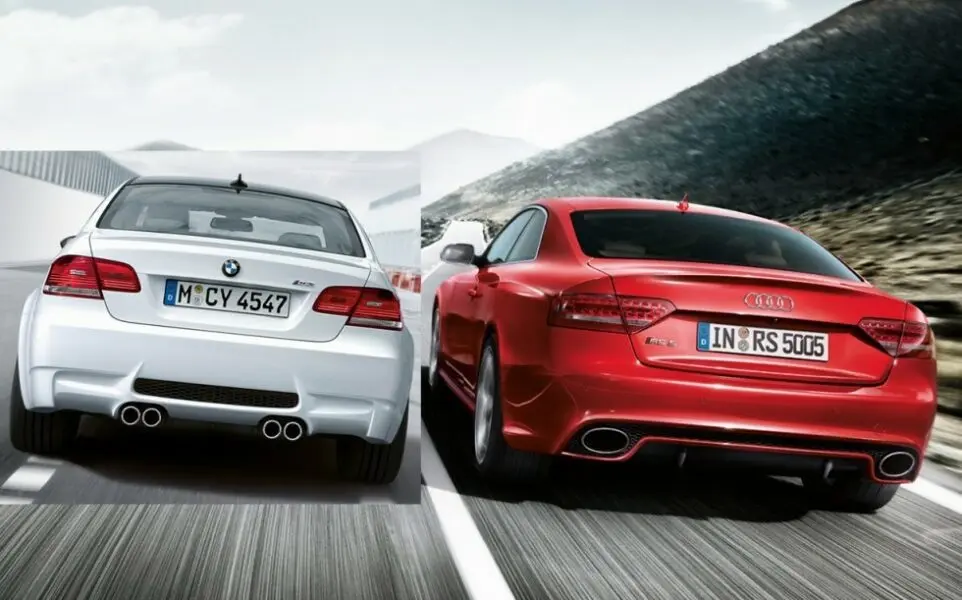
Если планируется использовать машину для offroad-поездок, тогда лучше не поскупиться, и приобрести самую продвинутую модель – Selectable 4WD. Она позволит использовать автомобиль на трассе, как обычную легковушку, а при выезде за пределы качественного покрытия – как вездеход.
Не стоит приобретать автомобиль с такой системой по принципу «на всякий пожарный» – это нерациональное использование средств. В таком случае практичней было бы купить авто с вискомуфтой.
Преимущества полного привода
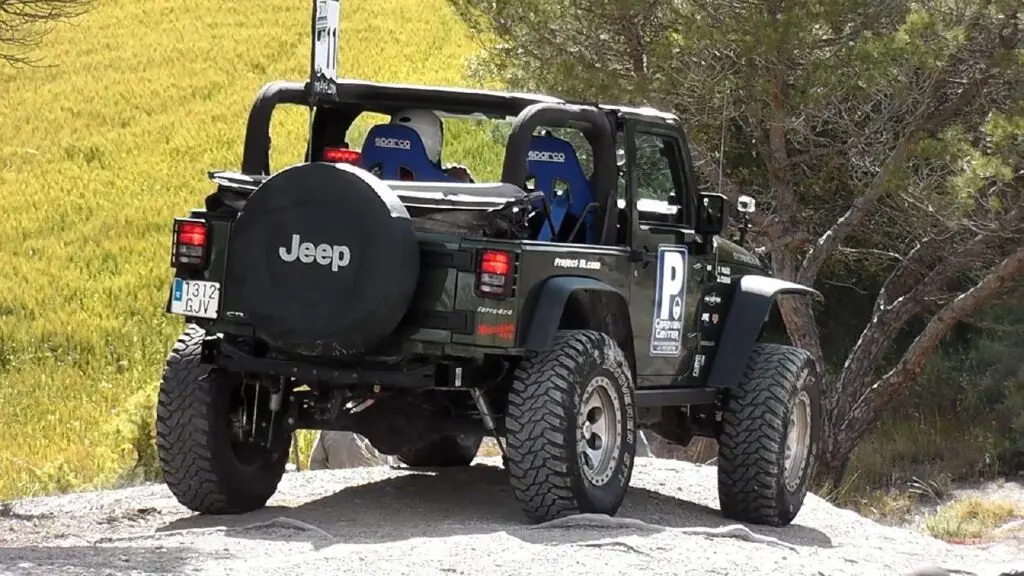
Итак, почему полноприводные транспортные средства пользуются популярностью (даже легковые модели)? Вот несколько достоинств этой трансмиссии, которые интересуют многих автомобилистов:
- Машина лучше разгоняется на нестабильной дороге, например, мокрая в дождь, гололед или укатанный снег;
- При движении в горку водитель не будет переживать о том, что дорога скользкая;
- Ни передний, ни тем более задний привод не могут похвастаться настолько эффективной проходимостью;
- Благодаря улучшенной курсовой устойчивости машина сохраняет стабильность на виражах;
- Даже малолитражка с небольшим объемом двигателя будет обладать завидным ускорением по сравнению с аналогичным авто с приводом на одну ось.
Минусы привода 4х4

Прежде чем остановить свой выбор на модели 4wd, следует учесть некоторые минусы:
- Полноприводное авто будет значительно дороже, и это не маркетинговый ход, а естественная причина, так как в транспорте присутствуют дополнительные механизмы сложной конструкции;
- Обслуживание такого транспорта значительно дороже. Помимо обычного сервисного обслуживания, потребуется еще диагностика дополнительных редукторов, раздаточной коробки, чтобы продлить ресурс агрегата. В случае поломки системы владельцу придется раскошелиться на дорогостоящий ремонт;
- По сравнению с аналогом, только на переднем приводе, такие авто более «прожорливы». Чаще это касается полноценных внедорожников, однако и легковые авто с подобными характеристиками имеют немного увеличенный расход топлива.
В качестве заключения предлагаем видео, посвященное тому, стоит ли приобретать полноприводный кроссовер или лучше довольствоваться передним приводом:
Вопросы и ответы:
Как обозначается полный привод? Для обозначения типа привода на современных автомобилях используется маркировка: FWD (передний), RWD (задний) и AWD (полный). Полный привод также может обозначаться как 4х4.
Как работает полный привод? Крутящий момент идет на коробку передач. по осям тяга распределяется при помощи раздаточной коробки. Передние и задние колеса проводятся в действие карданами.
Для чего нужен полный привод? Полный привод оказывается полезным на нестабильных участках дороги, например, на грязи, в снегу, на льду или на песке. Благодаря тому, что все 4 колеса ведущие, машиной легче управлять.
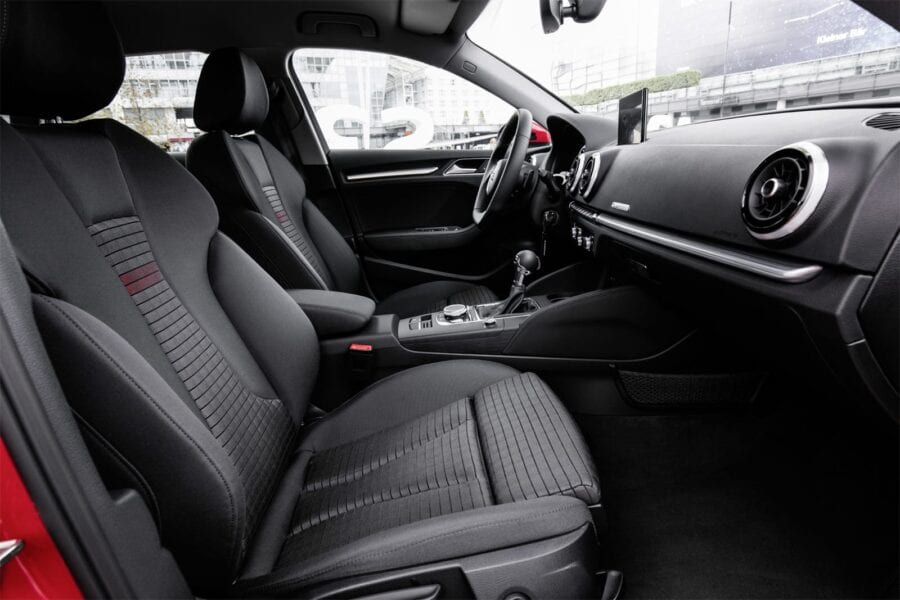
Один комментарий
Francky
Pour celui qui a écrit cet article bien mais pour une traction , on ne dit pas une «traction avant » mais traction tous simplement et traction arrière ce n’est pas correct c’est une « propulsion » ( traction vient du mot tracter donc effectivement les roues avant « tracte » le véhicule d’où traction et les roues arrières « poussent » le véhicule d’où « propulsion » à Bon entendeur